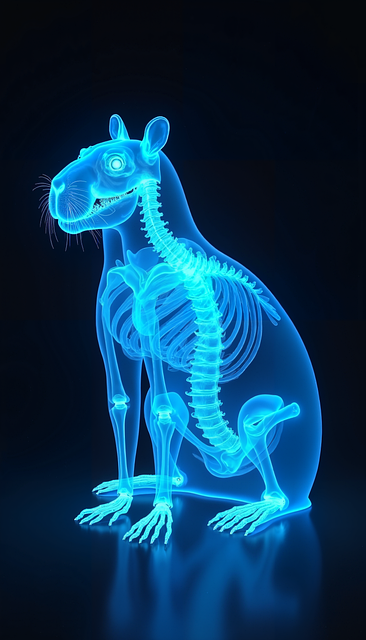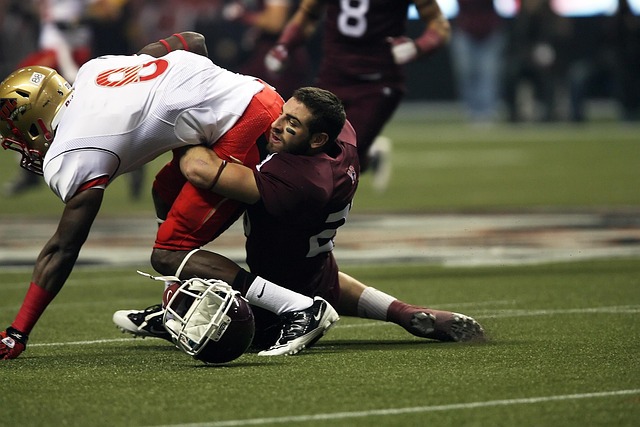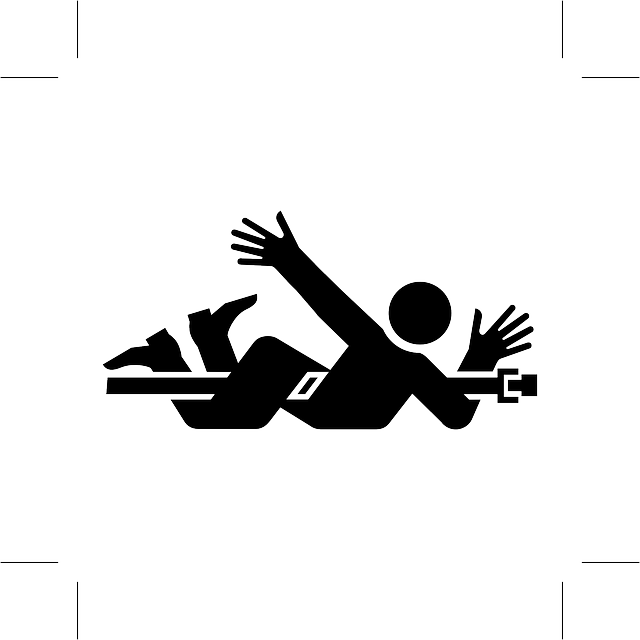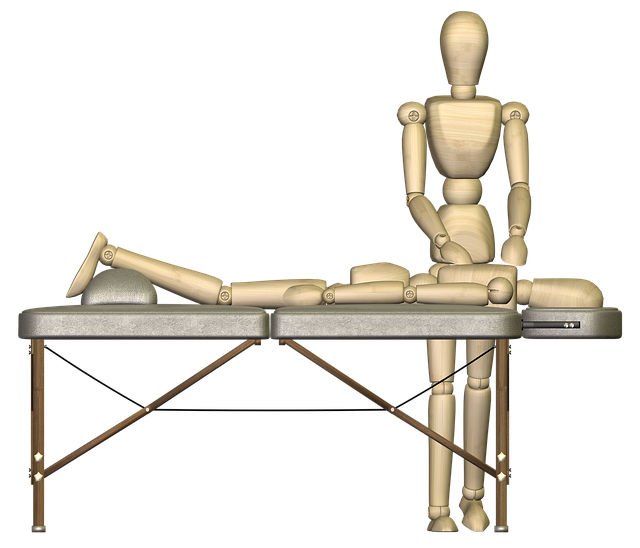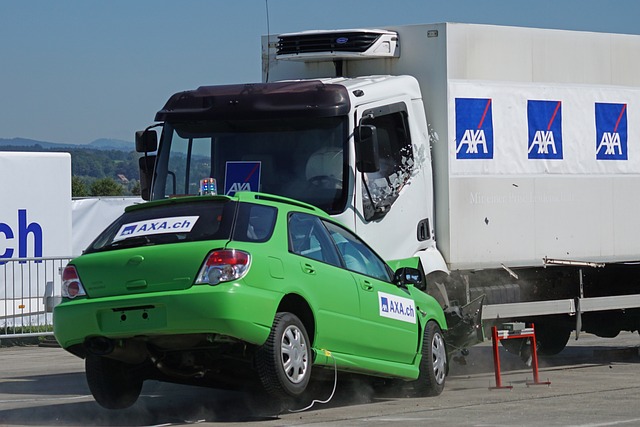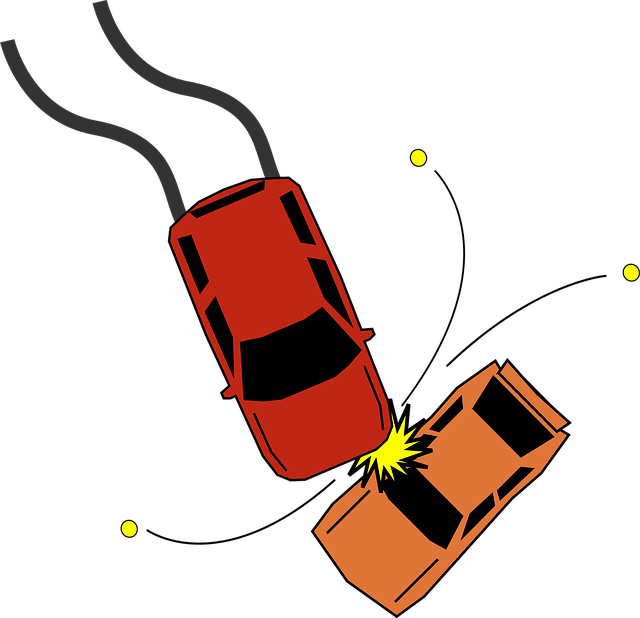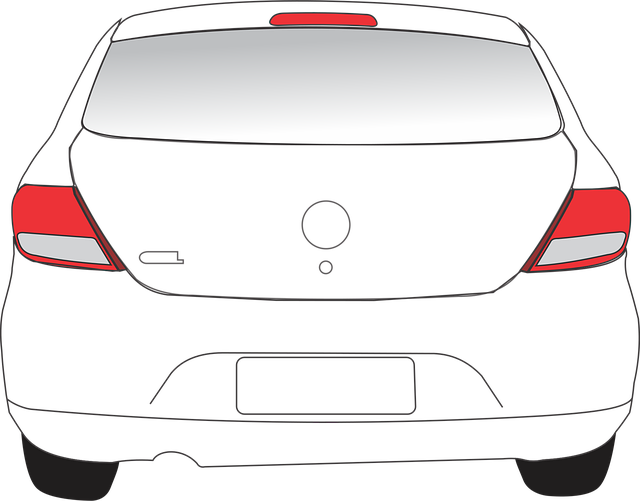Rear-end collisions often lead to whiplash, a neck injury requiring specialized care. Chiropractic treatment offers a non-invasive approach, focusing on spinal alignment and mobility to manage pain and restore function. This holistic method involves adjustments, therapy, education, and tailored plans for each victim's recovery, aiming for faster healing and a return to normal activities without aggressive interventions. After such an accident, prompt chiropractic care is crucial for effective pain management, with personalized treatments, regular follow-ups, and at-home care practices to ensure optimal recovery for rear-end collision victims.
Whiplash and back pain are common aftermaths of rear-end crashes, affecting countless individuals annually. This article delves into the intricate details of these injuries, focusing on how a rear-end collision can impact your spine. We explore the transformative role of chiropractic care in managing and recovering from such accidents. Furthermore, we provide a comprehensive step-by-step guide for victims, emphasizing the benefits of chiropractic recovery to optimize their post-accident journey.
- Understanding Whiplash and Its Impact on the Spine After a Rear-End Crash
- The Role of Chiropractic Care in Treating and Recovering from Rear-End Collision Injuries
- A Step-by-Step Guide to Optimizing Your Recovery After a Rear-End Car Accident with Chiropractic Support
Understanding Whiplash and Its Impact on the Spine After a Rear-End Crash

Whiplash, a common injury resulting from car accidents, particularly rear-end collisions, is characterized by rapid back-and-forth movement of the neck. This sudden jolt can lead to strained or damaged muscles, ligaments, and nerves in the spine, causing significant discomfort and pain. The impact can result in both short-term and long-lasting effects on the body, especially the back and neck regions.
Chiropractic care is often sought by rear-end collision victims as a non-invasive treatment option for managing whiplash symptoms. Chiropractic professionals focus on the spine’s alignment and mobility, utilizing various techniques to reduce pain and promote healing. The recovery process involves a combination of adjustments, therapy, and patient education, tailored to address individual needs. By targeting specific areas of the spine affected by whiplash, chiropractic care aims to alleviate back pain, improve posture, and restore overall spinal function after an accident.
The Role of Chiropractic Care in Treating and Recovering from Rear-End Collision Injuries

Chiropractic care plays a significant role in the treatment and recovery process for individuals who have suffered injuries from rear-end collisions. Following such accidents, many victims experience whiplash and back pain, which can be treated effectively through chiropractic adjustments and manipulative therapies. Chiropractors are specialists trained to diagnose and address mechanical disorders of the musculoskeletal system, particularly the spine.
For rear-end collision victims, chiropractors can assess and address subluxations (misalignments) in the spine that may have resulted from the impact. Chiropractic adjustments, along with other therapeutic modalities, help reduce pain, improve mobility, and promote healing. Additionally, chiropractic care focuses on not just treating symptoms but also addressing the underlying causes of pain. This holistic approach to recovery enables individuals to regain their physical functionality and return to their regular activities faster, making it an excellent option for those seeking a natural and effective path to recovery from rear-end collision injuries.
A Step-by-Step Guide to Optimizing Your Recovery After a Rear-End Car Accident with Chiropractic Support

After a rear-end crash, prioritizing your chiropractic recovery is crucial for managing pain and returning to normalcy. Here’s a step-by-step guide for optimizing your healing process with chiropractic support:
1. Seek Immediate Chiropractice Care: Following an accident, your spine may have sustained subtle yet significant misalignments known as subluxations. A chiropractor can assess these through careful examination and diagnostic imaging. Adjustments (or manipulations) target these areas to alleviate pressure on nerves and restore spinal function.
2. Develop a Personalized Treatment Plan: Every individual’s recovery journey is unique. Your chiropractor will tailor a plan based on your specific injuries, range of motion, and pain levels. This often involves a combination of adjustments, soft tissue therapy, exercise recommendations, and lifestyle advice.
3. Regular Adjustments and Follow-ups: Consistency is key in chiropractic care. Regular visits for adjustments help maintain alignment, support healing, and prevent complications like scar tissue formation or chronic pain development. Follow your chiropractor’s guidance regarding frequency, as it may vary based on your progress.
4. Practice at-home Care: In between chiropractic appointments, there are steps you can take to enhance your recovery. This includes maintaining good posture, practicing gentle stretches recommended by your chiropractor, and adopting a supportive pillow or mattress for better sleep.
5. Educate Yourself and Stay Active: Learning about whiplash and back pain recovery empowers you to actively participate in your care. Stay informed about your condition, ask questions, and keep moving within your comfort level. Low-impact exercises like walking or swimming can promote blood flow, strengthen muscles, and aid in recovery.
Whiplash and back pain are common yet serious injuries resulting from rear-end crashes. Chiropractic care offers a promising path to recovery for these victims. By understanding whiplash dynamics, leveraging the expertise of chiropractors, and following a structured recovery guide, individuals can optimize their healing process and regain control over their lives after such an incident. For those seeking effective chiropractic recovery for rear-end collision victims, these insights serve as a valuable starting point.

